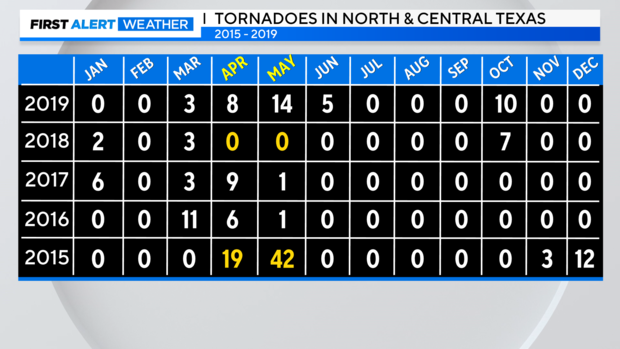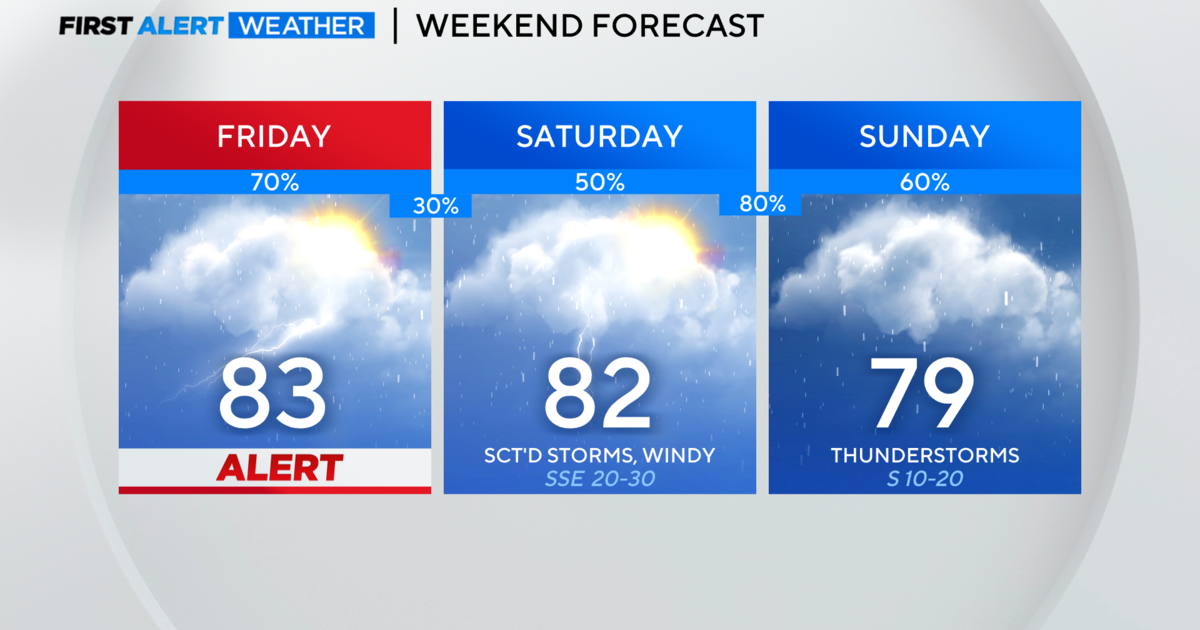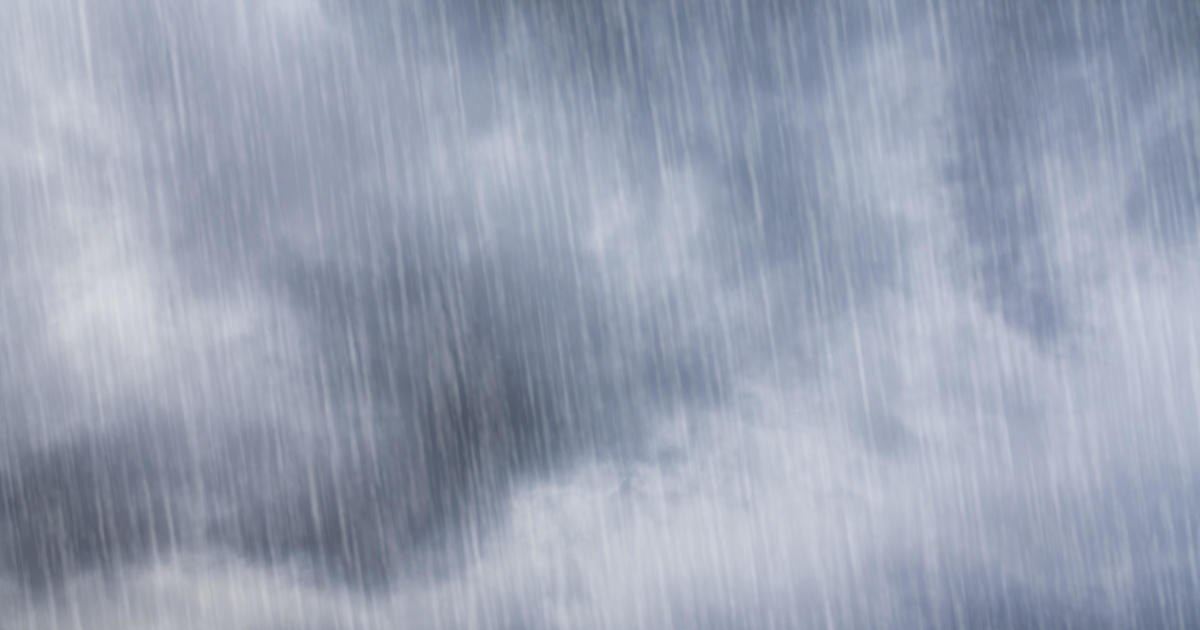Will there be clouds blocking the total eclipse in North Texas?
NORTH TEXAS — Will there be clouds on April 8 to block the total eclipse of the sun?
It is still too early to give an official forecast, but we are getting closer to that time. About seven days out, we are willing to at least talk about it.
Spring is our storm season, of course. Maybe the best indicator of this is tornado climatology. The National Weather Service Office in Fort Worth counted all the confirmed tornadoes since 1880. In April and May, North and Central Texas had 1,103 tornadoes. For all the other months? 899. That means there are more tornadoes in the 61-day window of April and May than all the other days of the year combined.
But the tornado count varies greatly from year to year. In 2018, for North and Central Texas, there were zero tornadoes in April or May. The last time that happened was in 1962. Three years before, in 2015, there were 61 tornadoes - the most ever.
A very small percentage of storms produce tornadoes, of course. The spring season usually has better ingredients for tornadoes to develop here in North Texas. April is the third stormiest month of the year. May and June are first and second.
But even that statistic isn't that predictive. Of the 30 days in April, the 30-year average is 5.8 storm days, or about one storm day in every five.
Just based on what we know about April 8 given history and statistics, there will be storms around the actual day of April 8. We say that because we rarely get through a week in Spring without a couple of rounds coming through the area during this time of the year. Will they arrive a day before and be gone? Not start up until later that day? Maybe two days later? That's the million-dollar question!
We are looking at our long-range model, the GFS, for the date of April 8 and 10 days out it looks like storms on the 8th. Please keep in mind, long-range models are notoriously inaccurate for a specific day. But there is a good chance the storms the model sees will materialize, give or take a 36-hour period.
Let talk cloud cover
- We get a sunny or mostly sunny April day about 28% of the time.
- We get a day with mostly cloudy conditions or overcast 36% of the time.
High clouds can arrive several days before a storm system. Statistically, they are overhead in April around 22% of the time. A sky with some kind of cloud cover is likely. A typical April day would have near overcast skies in the morning, and then the heating of the day makes for more sunshine in the afternoon. So, an afternoon event has better odds of a good view of the eclipse.
In short, April is not the best (nor the worst) time of the year to hope for clear or mostly clear skies. The best would be July or August. The worst would be January or February.
We get a decent idea of the expected weather about seven days out. Four days out, we get more comfortable talking about the timing of a rain/storm event. But it's the weather…we are trying to throw a lasso around chaos.
Fingers crossed!







